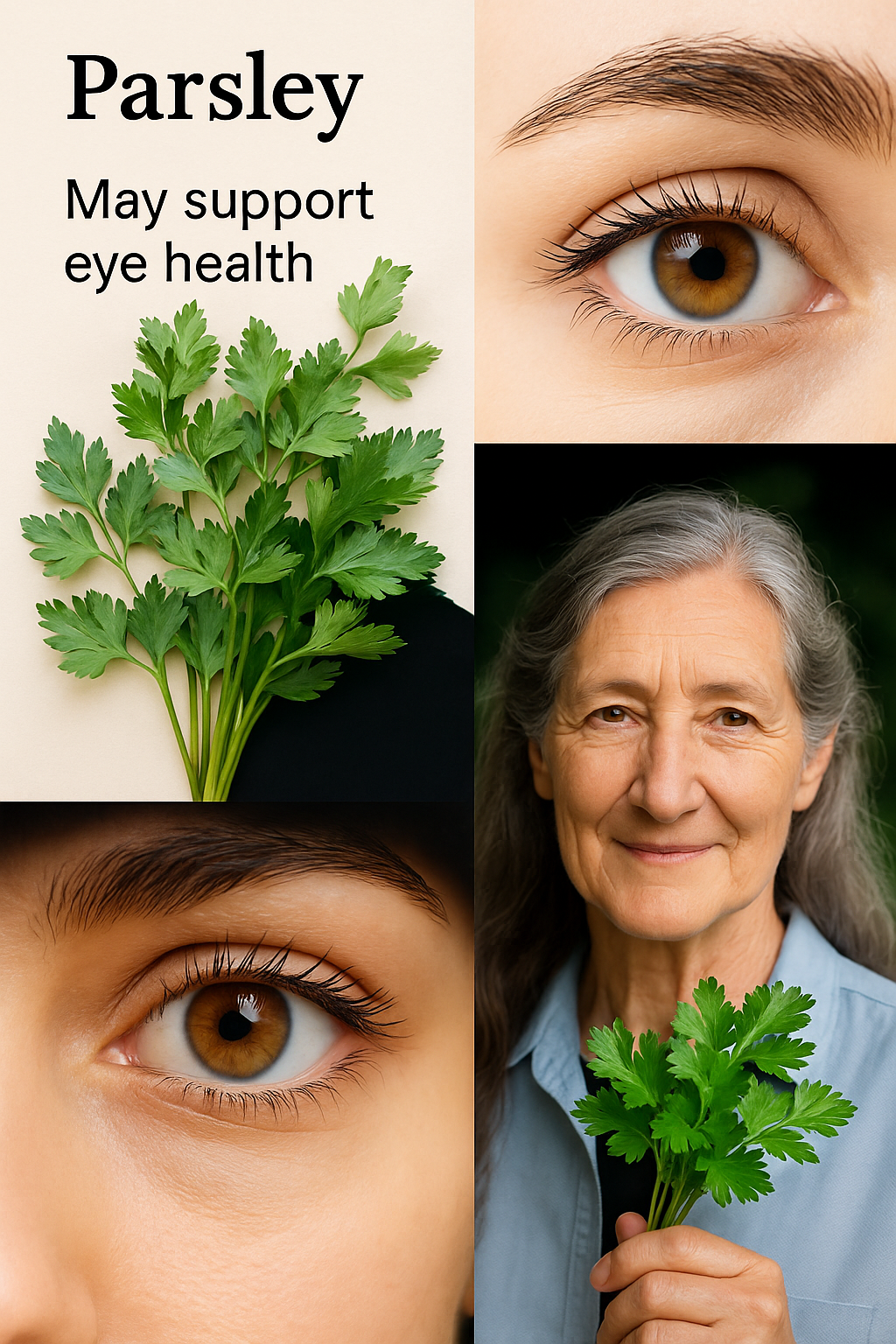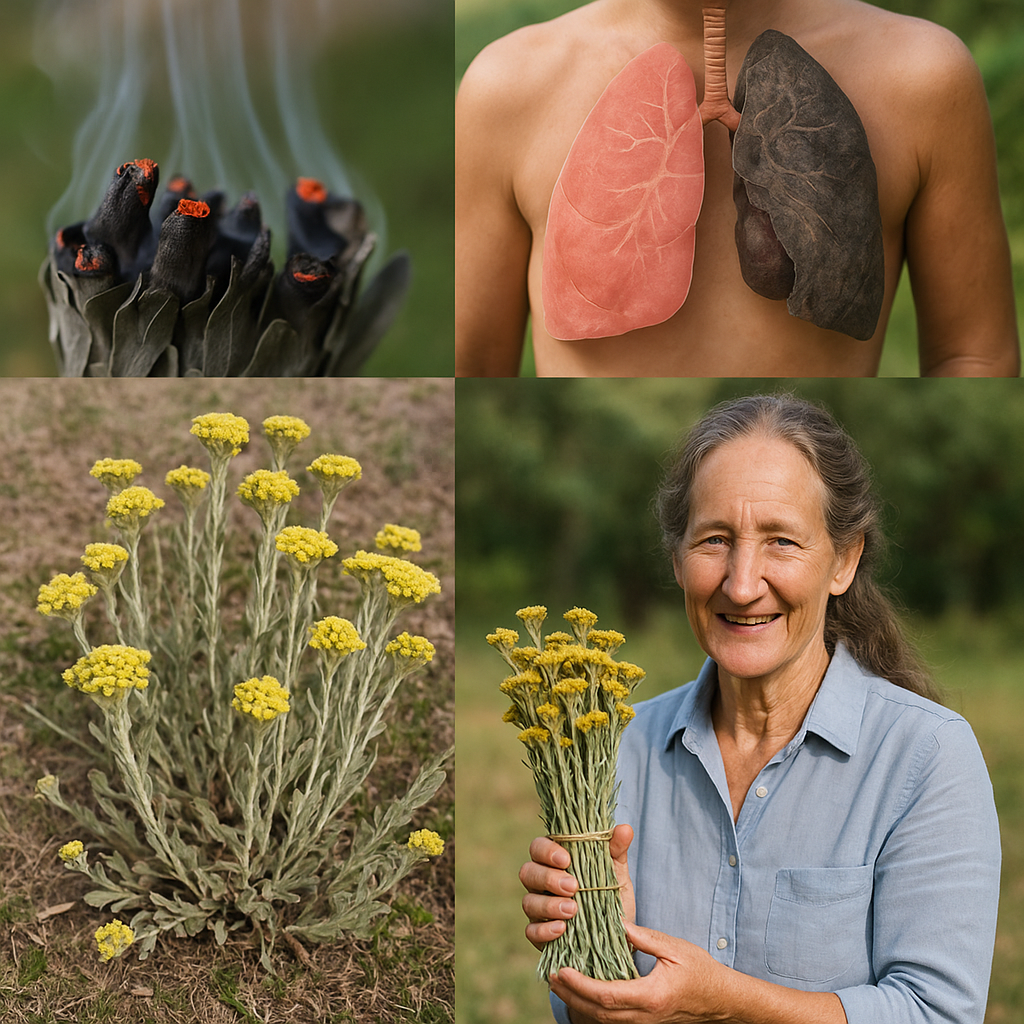You’ve probably seen it growing along sidewalks, fences, or in neglected corners of your yard—prickly lettuce, or Lactuca serriola. Often dismissed as a weed, this wild plant is actually one of nature’s most overlooked healing herbs.
Packed with medicinal compounds and nutrients, prickly lettuce has been used since ancient times as a natural painkiller, sleep aid, digestive booster, and more. Here’s why you might want to leave it in your garden—and even add it to your health routine.

🍃 What is Prickly Lettuce?
- Scientific Name: Lactuca serriola
- Common Names: Wild lettuce, bitter lettuce, compass plant
- Family: Asteraceae (same family as dandelions and sunflowers)
- Native To: Europe and Asia, now naturalized worldwide
This hardy plant thrives in poor soil, requires little water, and grows just about anywhere—making it accessible and sustainable for herbal use.
💪 1. Natural Pain Reliever
The milky white sap (latex) in prickly lettuce contains lactucopicrin and lactucin, which act on the nervous system in ways similar to mild opiates—without the addiction risk.
Traditional Uses:
- Soothing headaches
- Relieving joint and muscle pain
- Easing menstrual cramps
- Helping with insomnia and nervous restlessness
👉 Herbalists sometimes call it “lettuce opium” due to its calming effect.
🌿 2. Anti-Inflammatory Properties
Lactuca serriola contains natural anti-inflammatory compounds, which can help reduce swelling, stiffness, and general inflammation.
Helps with:
- Arthritis
- Chronic pain conditions
- Inflamed skin or rashes (topical applications)
🌱 3. Supports Digestion & Detox
The slightly bitter taste of prickly lettuce stimulates bile production and digestive enzyme release, making it a great ally for your gut.
Digestive Benefits:
- Reduces bloating
- Improves liver and kidney function
- Mild diuretic—helps flush out toxins naturally
🍋 4. Nutrient-Dense “Weed”
This wild lettuce is surprisingly rich in:
- Vitamin A – for vision, skin, and immune health
- Vitamin C – for collagen and antioxidant support
- Vitamin K – essential for blood clotting and bone health
- Potassium and Magnesium – for muscle and heart function
👉 Add young leaves to salads or juices for a gentle nutrient boost.
🌸 5. Antioxidant Protection
The antioxidant content in prickly lettuce helps neutralize harmful free radicals, which are linked to aging and chronic disease.
Health Effects:
- Protects cells from damage
- May support cardiovascular and cancer prevention
- Promotes younger-looking skin from the inside out

🥗 6. Edible and Versatile
- Young leaves: Mildly bitter, perfect for raw salads or green smoothies
- Older leaves: Best cooked—sauté with garlic or mix into soups and stews
- Latex sap: Dried and processed into a tincture or powder for medicinal use
⚠️ Note: Always harvest away from roadsides or polluted areas.
🐝 7. Ecological Superplant
- Pollinator magnet: Its small yellow flowers attract bees and beneficial insects
- Soil helper: Prevents erosion and improves disturbed soils
- Grows in drought: Low-maintenance and sustainable
🧘♀️ 8. Supports Relaxation and Sleep
Traditional herbalists use prickly lettuce as a nervine tonic—something that calms the nervous system.
Use It To:
- Wind down before bed
- Calm restlessness or mild anxiety
- Improve sleep quality
👉 Try a tea or tincture in the evening for relaxation
🧪 How to Use Prickly Lettuce Safely
Tea
- Steep 1 tsp dried leaves in hot water for 10–15 minutes
- Drink 1–2 times daily as needed
Tincture
- Look for wild lettuce tinctures (often made from Lactuca virosa, a close relative)
- Follow dosage on the label or from a qualified herbalist
Poultice (for inflammation or pain)
- Crush fresh leaves and apply to sore areas
- Wrap with a cloth and leave for 20–30 minutes
⚠️ Precaution: The white sap may cause allergic reactions in sensitive individuals. Start with small doses and avoid during pregnancy.
🏺 Historical Significance
- Ancient Egypt: Used as a mild sedative and fertility aid
- Medieval Europe: Prized as a soothing herb for sleeplessness and pain
- American settlers: Made extracts for use in pain and fever relief
✨ Final Thoughts
Don’t be too quick to pull out that prickly lettuce in your yard. It’s not just a weed—it’s a wild medicine chest full of nutrients, pain relief, and detox potential. Whether you add it to your salad, steep it into tea, or apply it topically, this plant offers impressive health benefits that are practically free.
Next time you spot it growing wild, remember: sometimes the most powerful remedies are hiding in plain sight.


